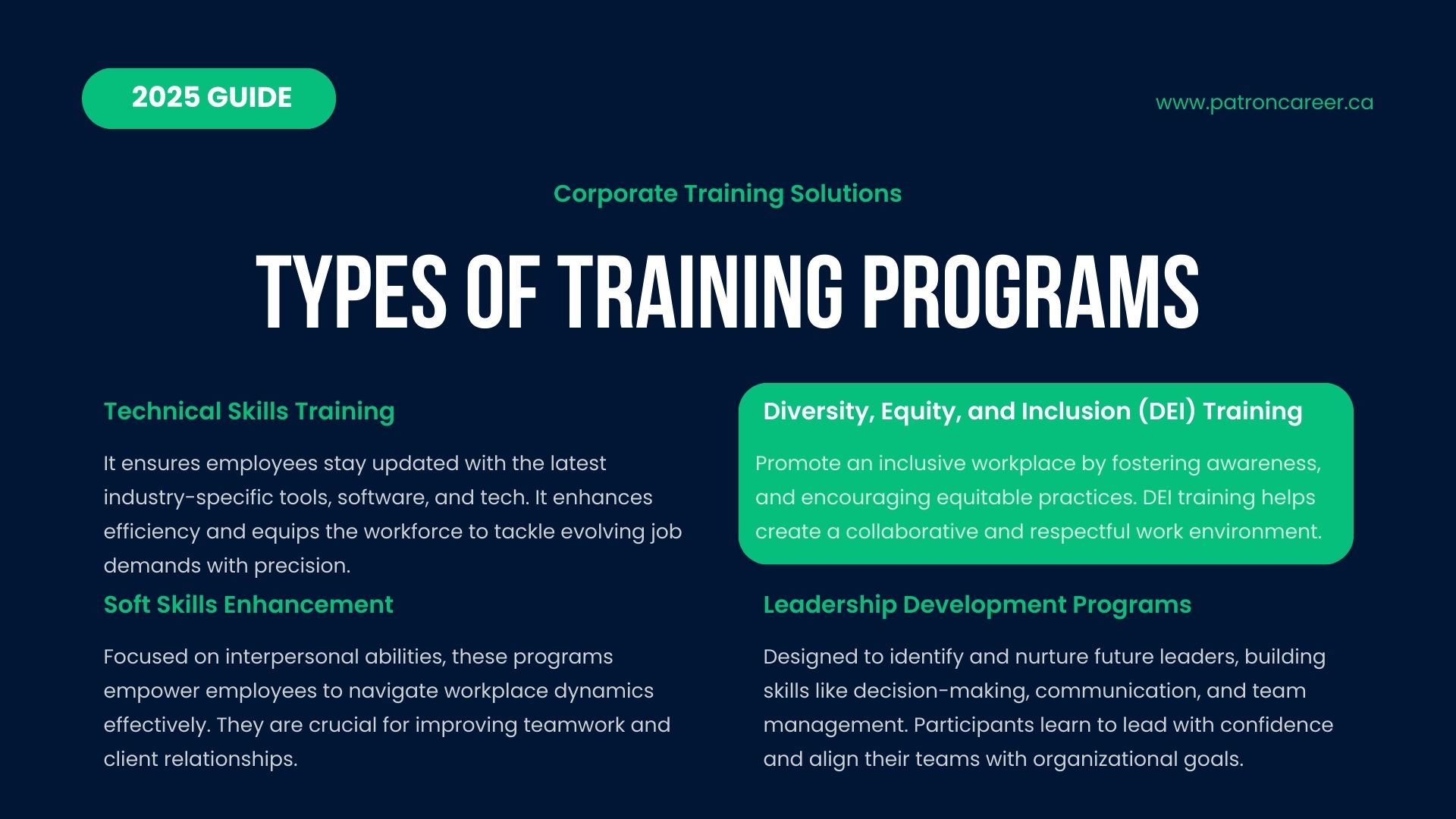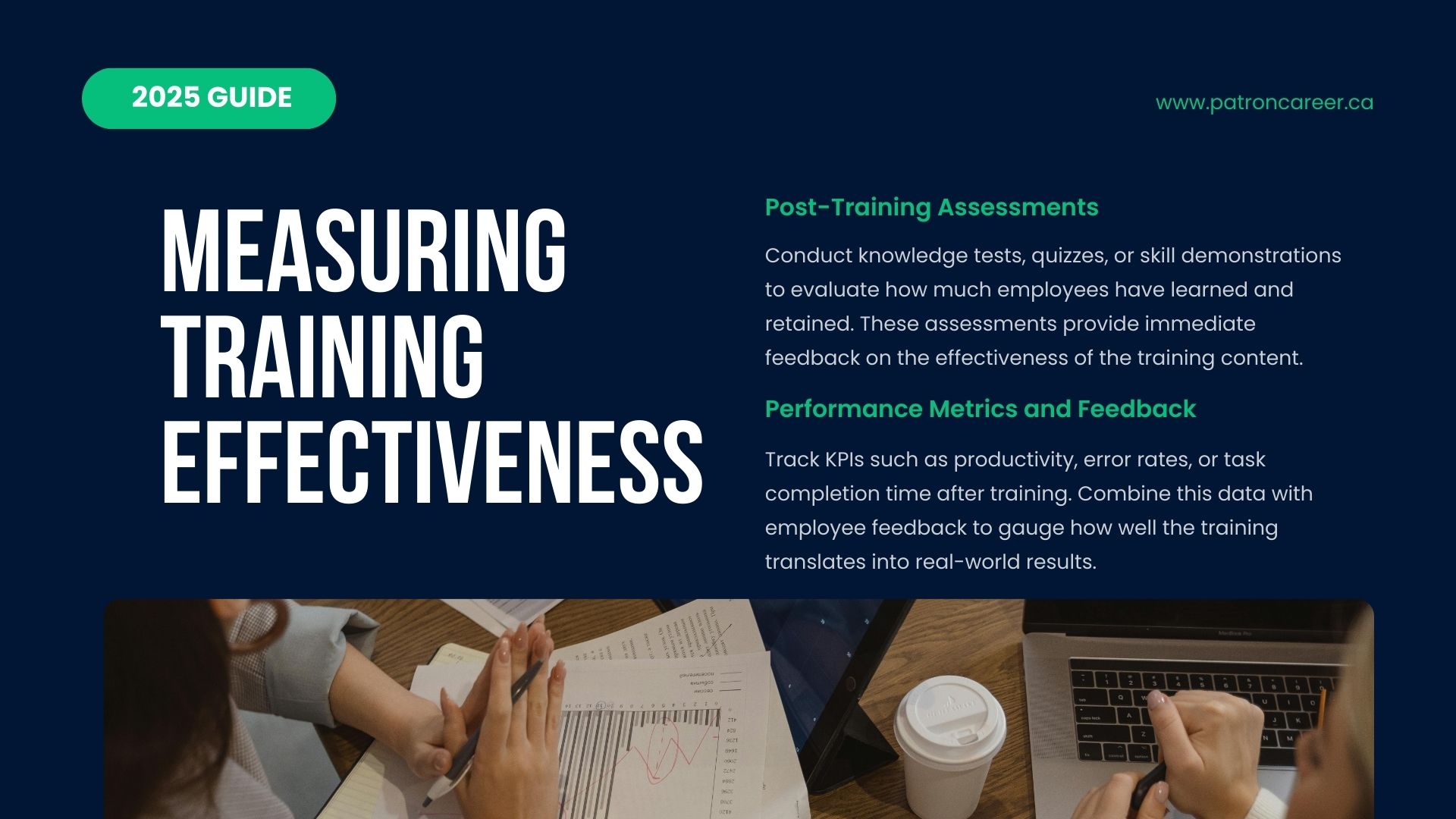What Is Corporate Training? Definition, Benefits and Best Practices in 2025
Corporate training is one such powerful weapon against employee incompetencies and an indispensable component of business success in today’s ever-evolving business landscape. 2025 is just around the corner, and what better way to start the year than with an influx of efficiency and skill enhancement? Whether you are a small-sized company or an industry giant, recognizing the sheer importance of investing in your workforce is quintessential to driving innovation, fostering growth and improving retention.
This blog is the only guide you need to understand the essence of corporate training, its multifaceted advantages, and the best strategies for getting the most out of it.
Are you ready to take your company to the next level?
What Does Corporate Training Entail?
Corporate training refers to the process of enhancing employee skills, knowledge, and ability to ramp up productivity and meet organizational objectives. Corporate training emphasizes aligning with a company’s culture, requirements, and end goals. It encompasses an array of programs aimed at boosting employee skills, such as technical training, leadership development, compliance workshops, onboarding, and soft skills enhancement.
As we step into 2025, corporate training is bound to become highly flexible given the hybrid work models and technology-driven like never before. As we live in a digital- first era, corporate training is going digital too. Companies now offer modern programs keeping in mind the needs of the modern employee, by providing e- learning platforms, virtual reality (VR), and hybrid delivery methods. This approach allows companies to cater to diverse learning preferences and bridges the distance across global teams.
Discover the Top 3 OJT Methods to Upskill Your Workforce.
Why Corporate Training Matters
Corporate training strengthens employer-employee relationships and is just as important as any other strategic endeavour to boost employee growth in an organization. This is how it impacts a company’s bottom line:
- A well-designed corporate training plan bridges the skill gaps. It addresses all skill gaps that are otherwise inevitable in today's evolving Canadian job market, by equipping employees with newfangled skills, technology and the knowledge to perform efficaciously.
- With corporate training, companies are making change possible. Well- trained employees can adapt and thrive in a constantly changing environment.
- It enhances employee engagement and satisfaction. Your employees will thank you for the added skills and fostering a sense of belonging in them. It's all about making employees feel supported in their venture to learn new skills and boost company growth simultaneously.
Why Corporate Training is a Game Changer: Key Benefits
1. Enhances Employee performance
One of the primary benefits is that corporate training acts as the missing puzzle and provides employees with the tools, skills and confidence to ace their tasks effectively. Corporate training methods are designed to provide employees with the necessary resources and tools. For example, with technical training, your employees become proficient in using industry-specific tools, and leadership programs prepare managers to lead teams with confidence.
2. Improves Talent Retention
Organizations that prioritize employee skill development are likely to experience lower turnover rates than those that do not. When you invest in their growth, employees tend to stay with the company longer. By committing to their personal and professional development, you can reduce hiring costs and strengthen your company culture with a little investment.
3. Cultivates Future Leaders
Corporate training also involves leadership modules that imbibe leadership skills in the learners. It is helpful in the long run too as these employees who take a keen interest in training will emerge as talented leaders. This guarantees a robust succession pipeline for an organization while reducing disruptions during transitions.
Best Practices for Corporate Training in 2025
Here are the strategies to ace corporate training this upcoming year:
1. Integrate Training with Company Objectives
Successful corporate training begins with a cohesive plan, without which your endeavours are likely to fail. Begin, by enlisting the company’s goals and setting training objectives so that they should align with the company’s mission and strategic priorities. For instance, if the goal is to improve customer satisfaction, build training programs for enhancing employee communication and problem-solving skills.
Willing to learn more about other training modules you can implement to boost your organizational agility, click here.
2. Say Yes to Technology-Driven Learning.
While we live in a world where everything is just a click away, why should learning be any different? You can integrate technology into your corporate training program through Learning Management Systems (LMS) and deliver scalable, trackable and customized training to your high-value employees. AI is another boon by which companies personalize learning experiences while VR provides employees an immersive life-like simulations that mimic real-world situations.
Example: A manufacturing company using VR to train employees on complex machinery reduces risks and accelerates skill acquisition.
3. Emphasize Soft Skills Development.
While technical experience is highly important, soft skills training gives employees the edge to learn the nuances of diverse work environments. Focus on improving skills like teamwork, adaptability, communication, and emotional intelligence in the workplace. Soft skills development also improves problem-solving, builds camaraderie and prepares employees to navigate interpersonal challenges effectively.
4. Prioritize A Culture of Continuous Learning
The best organizational culture is where learning never stops. Also, companies should encourage employees to view learning as a lifelong process. Supplement on- demand microlearning modules with workshops and webinars to upskill and reskill employees at their own pace.
5. Engage Leadership in Training.
The chance to become future leaders engages employees to perform well and take learning seriously. At the same time, when company leaders and senior management have an active role in training it demonstrates their commitment to employee growth. Additionally, leaders provide valuable insight into tackling industry challenges and fostering decision-making skills and hence, employees can easily follow in their footsteps.
Time to Redefine Corporate Training
It's time to say yes to corporate training because it is more than a necessity in 2025. The ROI of investing in your future leaders are sky-high. When training meets modern technologies, a culture of constant learning is ensured. Companies can unlock the full potential of their workforce by providing consistent learning platforms that promote skill enhancement and personal development.
The question before companies is not whether to invest in corporate training or not, but how to do it effectively. Step into 2025 with confidence by building a workforce that’s ready for the challenges of tomorrow.







